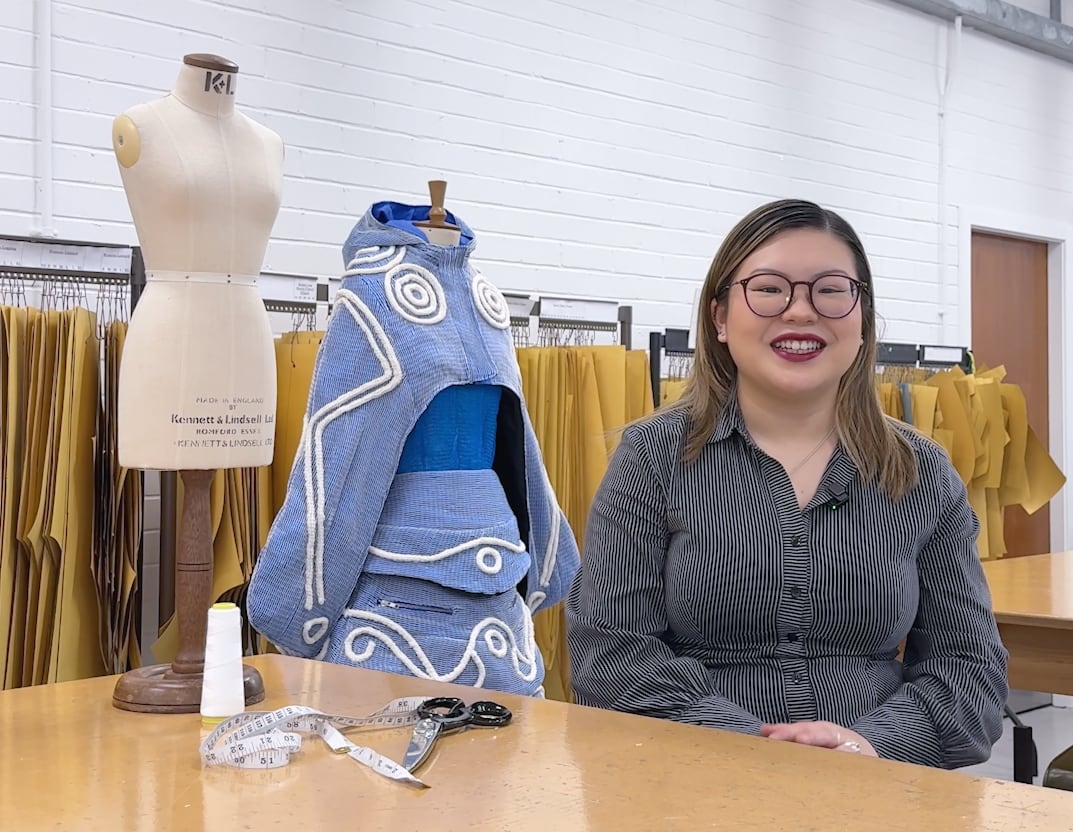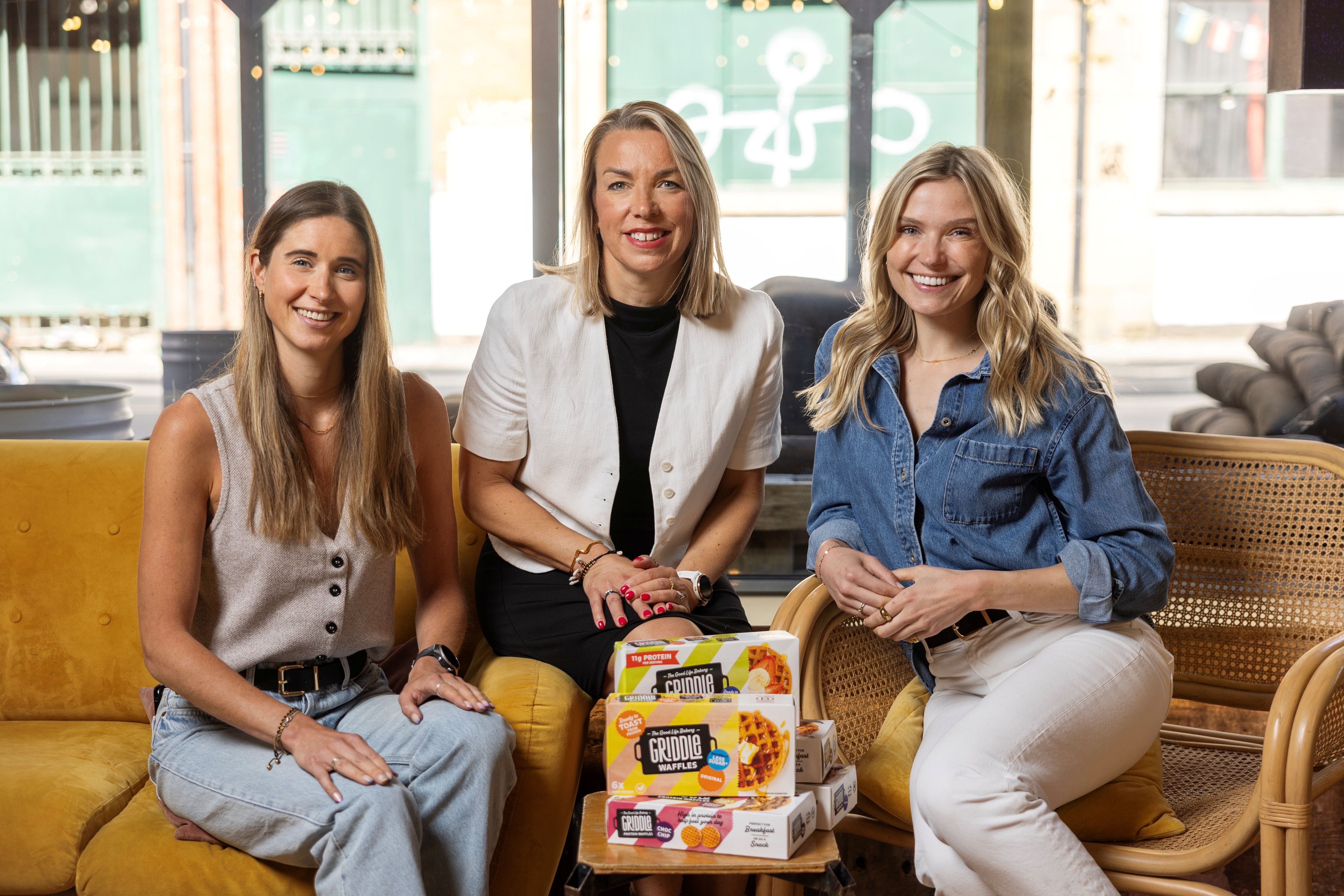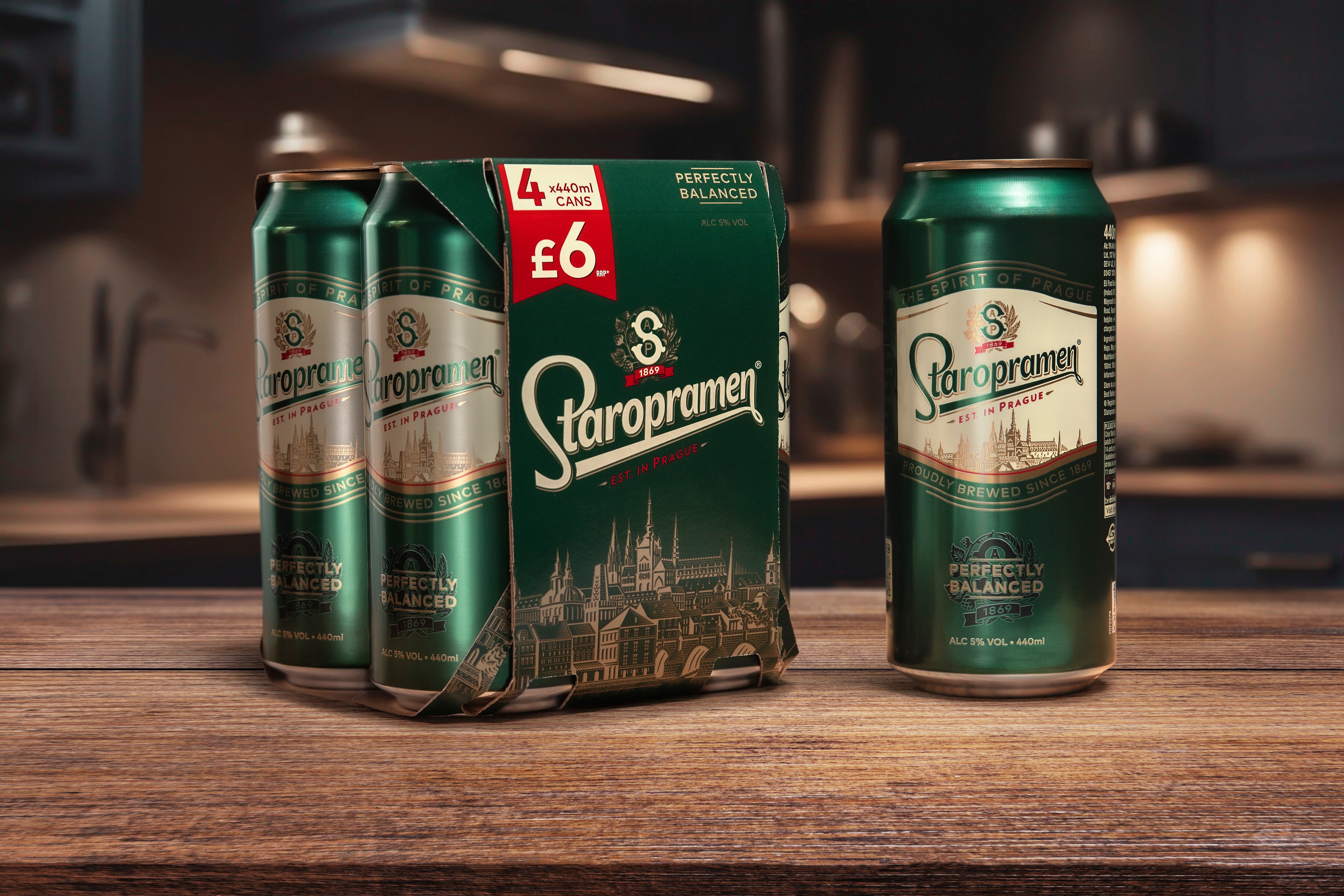Verna Lai, who is about to enter the final year of a fashion degree in the School of Textiles and Design, tailored a three-piece matching outfit consisting of a cape, skirt and tank-top that was predominately made from meat netting.
Also known as butcher’s netting, the material is used to maintain the shape of cuts of meat while they cook.
Lai, who is from the Glasgow suburb of Robroyston, became involved in the project food packaging supplier Scobie & Junor approached Heriot-Watt University to commission an outfit made from meat netting, one of its most popular products.
She was selected by the firm out of all the students that submitted their designs, with the judges impressed by her use of Pictish monograms and nod to Scottish heritage. The Picts lived in northern and eastern Scotland from approximately the 4th century AD to the 9th century AD.
The outfit is made from around 60 metres of meat netting that was carefully hand and machine stitched.
The three-piece outfit was subsequently displayed by Scobie & Junor showpiece exhibit during IFFA in Frankfurt, Germany.
While meat netting is not the type of material that Lai usually works with, she said that she enjoyed the challenge and opportunity to take inspiration from Scottish history.
“It was a huge challenge but you never really learn if you don’t challenge yourself,” she explained
“My outfit has a lot of Scottish cultural inspiration. I was looking at Pictish monograms, which are unique to Scotland, and was able to include them in my design using meat netting tubes.
“This impressed the company who wanted the heritage link but also seemed to like the techniques I would need to use in order to deliver the design.”
Lai admitted that she was at one point brought to tears due to the difficulty of the task.
“I remember, for example, when I realised how difficult it was going to be using meat netting as a material, and for some of the outfit, I would need to hand stitch, taking up so much time when I also had to juggle my studies – I just cried” she recalled.
“But then you see the garments come together and what I created pretty much was what I planned from the start. That’s always the goal when you start to create something.”
Providing support to Lai throughout the challenge was her academic supervisor and fashion professor Dr Danying Yang.
“It was a pleasure to support Verna throughout this unique and ambitious project,” Dr Yang said.
“Verna approached every challenge with determination and clarity of vision, applying the techniques she has learned with ingenuity and purpose. Her ability to reimagine a functional product like meat netting into meaningful and visually striking garments is a powerful example of what we aim to nurture at the School of Textiles and Design. I’m incredibly proud of what she has achieved.”
Scobie & Junor now intend to exhibit the garment at the main entrance of its headquarters in East Kilbride.
“This collaboration with Heriot-Watt University has been a brilliant opportunity to support emerging talent while reimagining our products in a completely new light,” said Simon Moorhouse, marketing executive at Scobie & Junor.
“Seeing our meat netting transformed into a striking fashion piece has been both inspiring and thought-provoking. It’s a testament to the creativity of the next generation of designers and a reminder that innovation often comes from the most unexpected places.”




